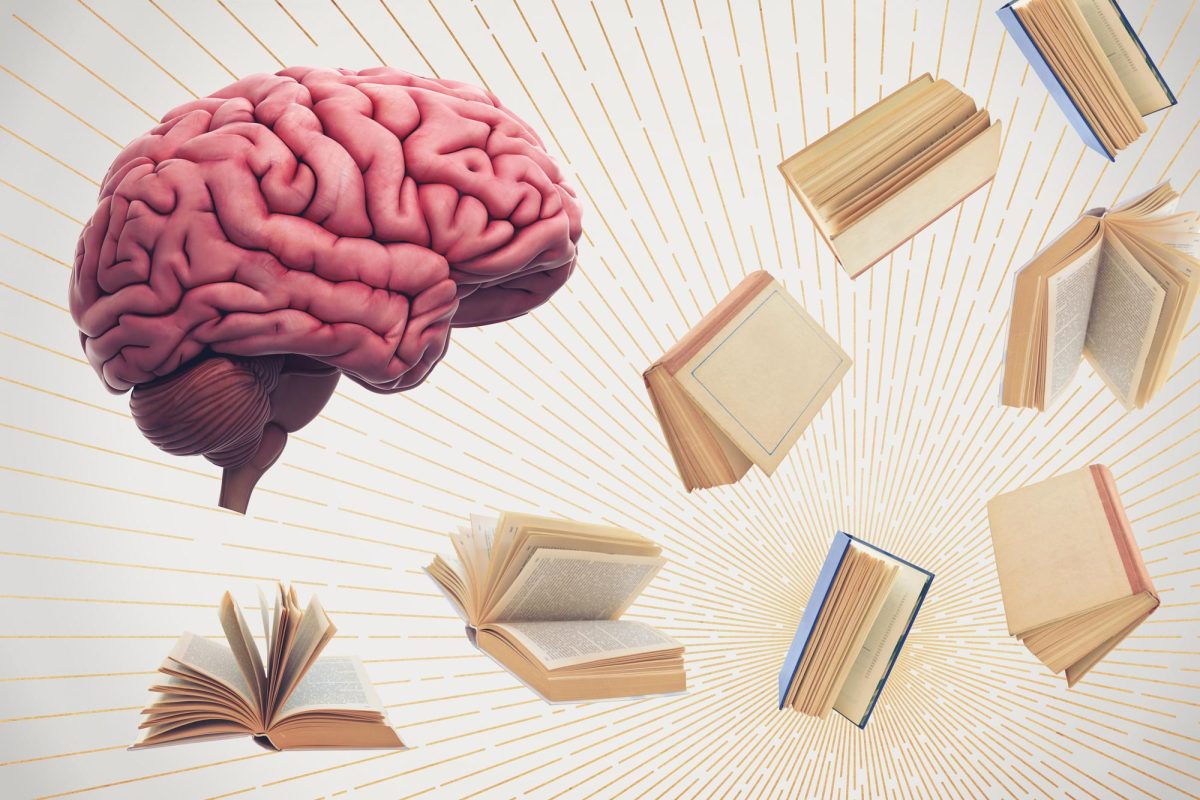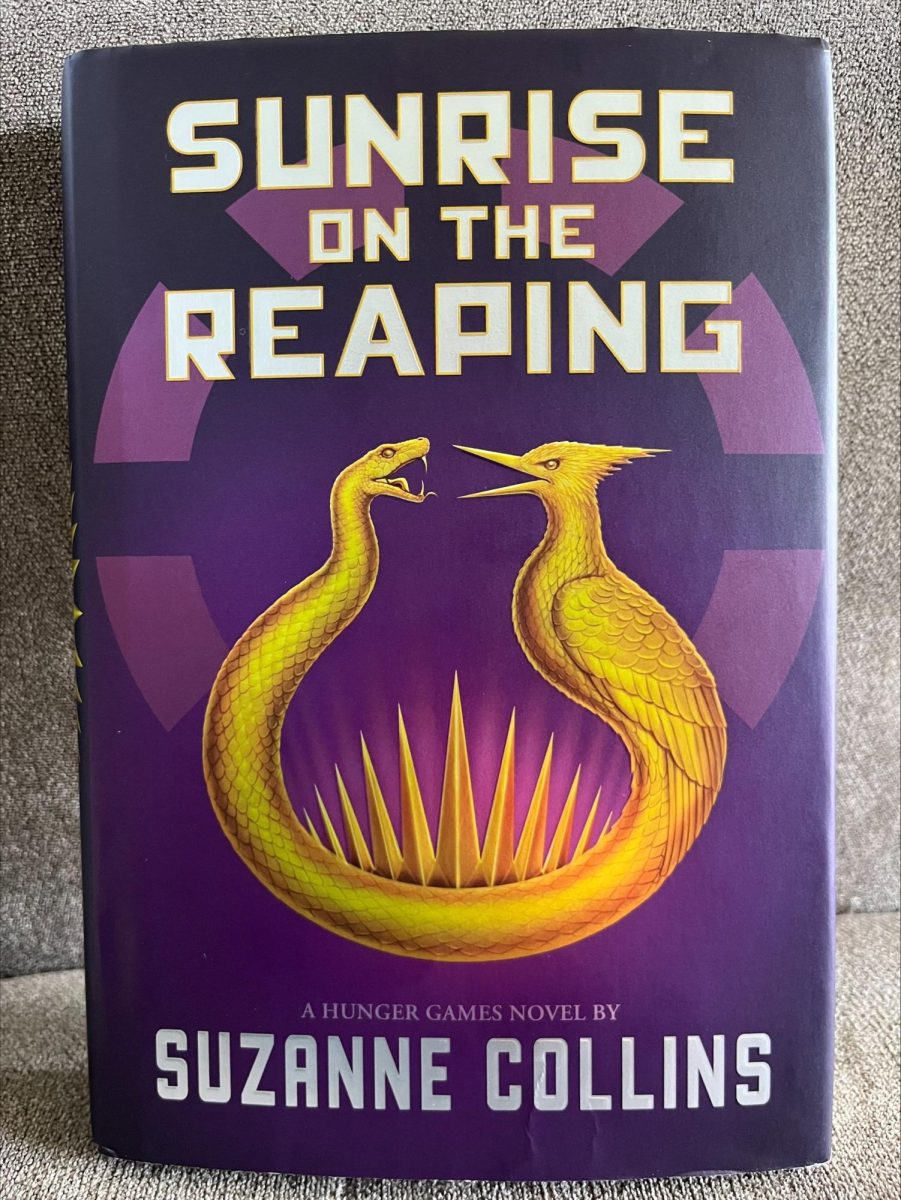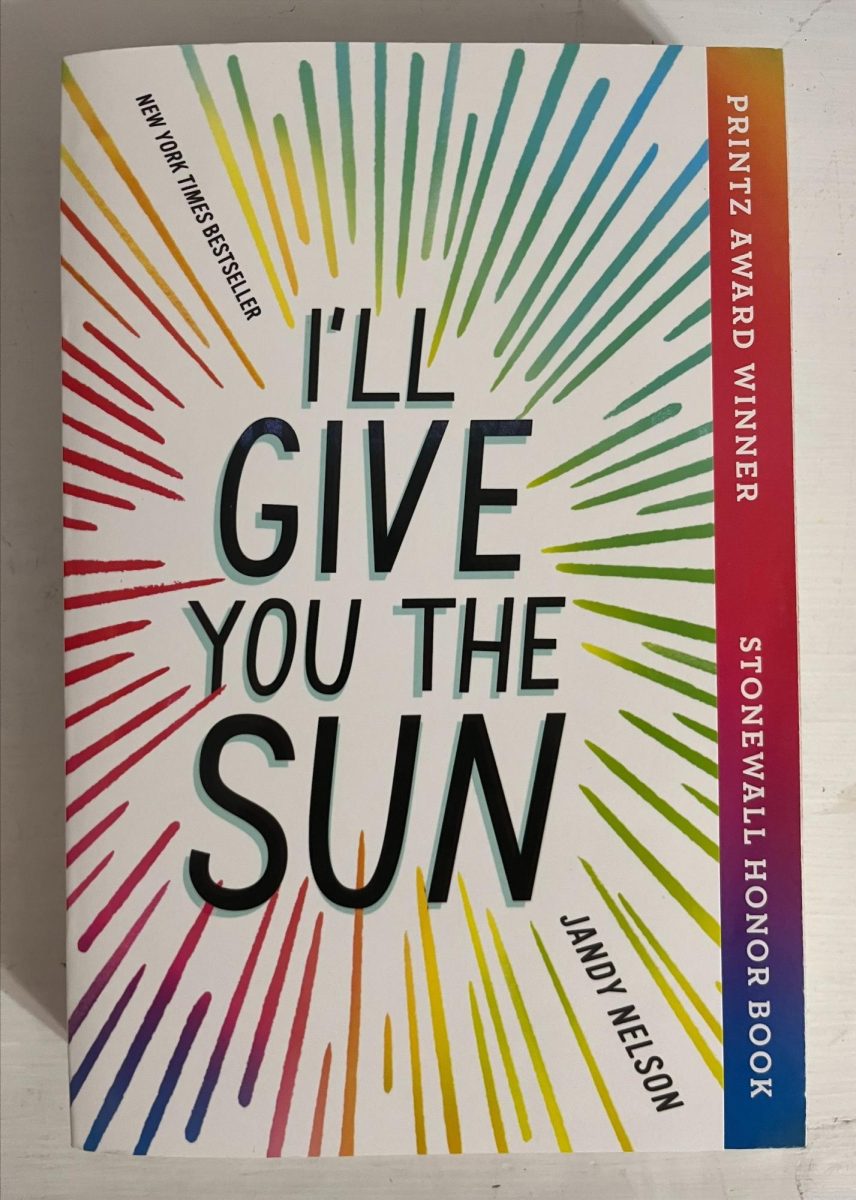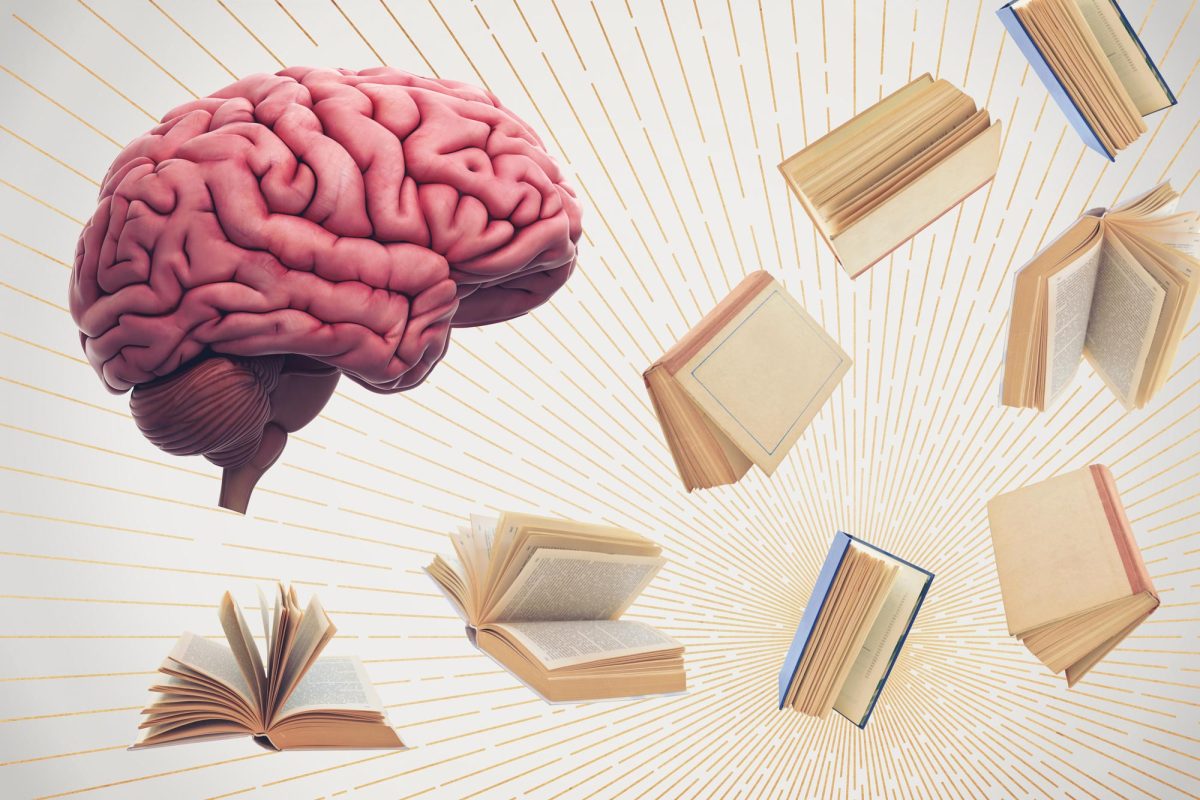January and February are notorious for being dreary and bleak. Not only are they the months with the least number of scheduled breaks from school, the cold temperatures and lack of daylight can affect people’s mental health more than you realize.
According to the American Psychiatric Association, about five percent of adults in the United States experience Seasonal Affective Disorder (SAD). SAD is a type of depression that typically begins when autumn starts, and the hours of daylight begin to lessen. It is not due to colder temperatures. SAD generally begins during young adulthood and will throw off your sleep schedule and cause negative moods.
You may be thinking that if people’s mental health can be negatively affected by less daylight and sometimes colder temperatures, warmer weather must have the opposite effects. While mildly warm temperatures can have a positive impact on mental health, studies have found that overly hot temperatures can lead to aggression. A study was conducted by Paul Reeping and David Hemenway of Houston Methodist titled “The Association Between Weather and the Number of Daily Shootings in Chicago (2012-2016).” They found that shootings were more likely to occur on warmer days and when temperatures were ten degrees above average, the rate of shootings was 33.8 percent higher.
However, the Houston Methodist study suggests that different subpopulations react to weather differently. For example, for people who love summer, their mood typically improves on warmer, sunny days and for people who hate summer, their mood improves on colder, cloudy days. Lucky for everyone, weather is always changing, and seasons come and go. So, if the weather today or this month isn’t to your liking just be patient and wait for the sun to shine… or the rain to fall.











